The Great Pacific Garbage Patch: Humanity’s Monument of Neglect
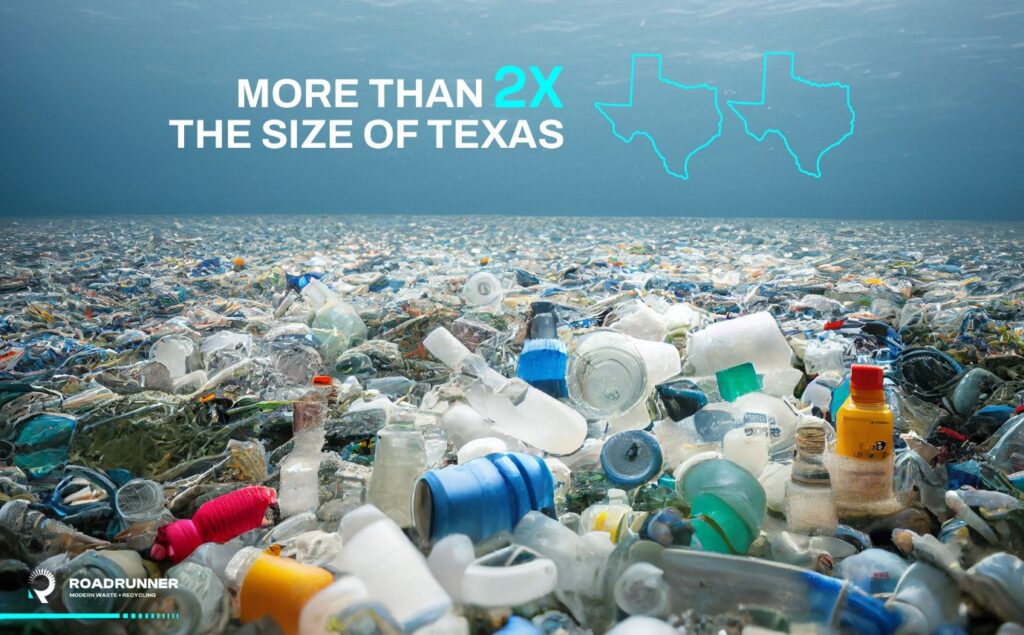
Harshit Mittal
27 January 2025
Looming in the heart of the Pacific Ocean is a standing monument to humanity’s lack of accountability: the Great Pacific Garbage Patch (GPGP). This massive collection of marine garbage, mostly plastic, isn’t a trash patch; it’s a dire warning, a signpost of what occurs when humanity chases progress without accountability. The GPGP is a reflection of our negligence, and its consequences extend far beyond the horizon.
A Floating Catastrophe
Envision a region twice the state of Texas, THREE times France filled not with life but with a whopping 1.8 trillion pieces of plastic. That is 1800 billion pieces of waste accumulated solely due to humanity’s doings. That’s the GPGP — an 80,000-metric-ton ocean of trash, locked in by ocean circulation called gyres. Between Hawaii and California, situated in the heart of the ocean, is a maelstrom of a mess, not a concrete island but a soup of microplastics with larger debris or evidence such as fishing nets, bottles, and other trappings of humanity’s voracious consumption.
The statistics are appalling: approximately 8 million metric tons of plastic flow into the oceans annually. That’s equivalent to one garbage truck filled with plastic entering the ocean every sixty seconds. Once a sign of limitless beauty spanning millions of square kilometres, now a source of utter disappointment, for anybody to lay their eyes on, the oceans have become a garbage dump for humanity’s overconsumption.
The Eerie Consequences
The GPGP is not only a eyesore; it’s a cemetery for sea life. Look at Midway Atoll, an island off the patch where thousands of albatrosses perish each year having consumed plastic thinking it’s food. Parents pass down caps, lighters, and trash totheir chicks, starving them and causing internal wounds and bleeding. According to studies, over 90% of seabirds have plastic in their bellies, a potential 99% in 2050 if trends persist. That eerie picture of these birds, with skeletal frames surrounded by plastic that killed them, is a dire picture of the problem at hand, and will be the case soon enough if things continue at this rate.
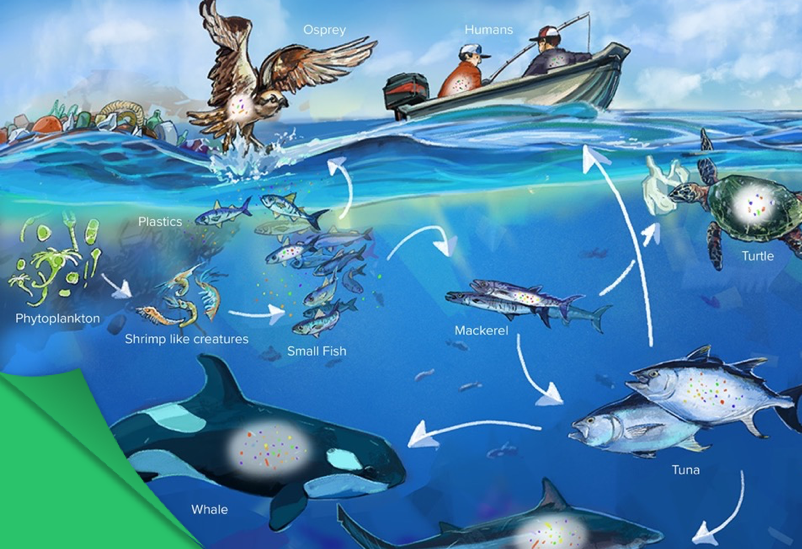
The horror doesn’t end yet. Microplastics, a breakaway from larger plastics, infiltrate the marine food chain. 14 million tons of microplastics now lie at the ocean’s floor. Fish ingest these particles, and then the particles move on through the food web to humans. By consuming sea food, we ourselves consume poison in a form and form, a return of toxins we threw out, tied to hormonal maladies, cancers, and all manner of ailments. Once a source of sustenance, the oceans are now sending a toxic heritage down to humans and we have nobody but ourselves to blame for that. Short term temporary moments of laziness, like simply chucking your used Starbucks coffee cup in the ocean in front of you as you enjoy the view, instead of making your way to the nearest disposal bin have finally caught up to us, and it isn’t pleasant.
The Ripple Effect: On the Brink of a Future
The GPGP isn’t a problem of the environment alone; it’s a signpost of a planet suffocating under garbage. By 2050, according to estimates, there will be, at least in terms of weight, more plastic in seas and oceans than fish in them. That future isn’t simply dire for sea life but disastrous for humanity. A little-known fact is that outside of trees, oceans contribute over 50% of the oxygen that humans use(credit goes to oceanic plankton), generating a portion of the planet’s atmosphere and governing its temperature. As ecosystems wither under a disease of garbage, the knock-on impact could manifest in global food shortages, financial crises in seafood industries(especially all the businesses reliant on them), and rapid acceleration in climate change.
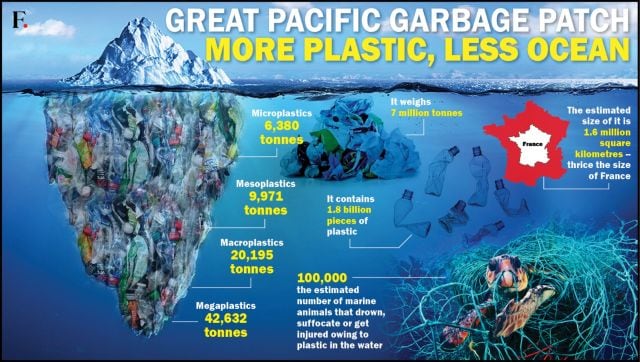
What’s particularly disheartening is how this crisis undercuts our technological advancements. Despite advances in green technology and biodegradable materials, humans continue to dispose of trash in the oceans. For instance, when Japan experienced its 2011 tsunami, an estimated 1.5 million tons of trash entered the Pacific Ocean, part of which continues floating today. Instead of taking a path towards a path of sustainability, we’re moving towards a self-created chasm, having learnt nothing from the past.
A Path Forward: Defending the Tide
Although the prognosis looks dire, it’s not irreparable. Solutions, while arduous, are at our fingertips if humans work together to act. This is what can be done:
Cut Back On Plastic: Simple shifts such as abandoning single-use plastics for reusables can make a big dent. If each person on the planet adopted one less use of a plastic bottle a week, it would save over 7 billion bottles a year in terms of reduced trash, and 7 billion, especially a year, is no small number.
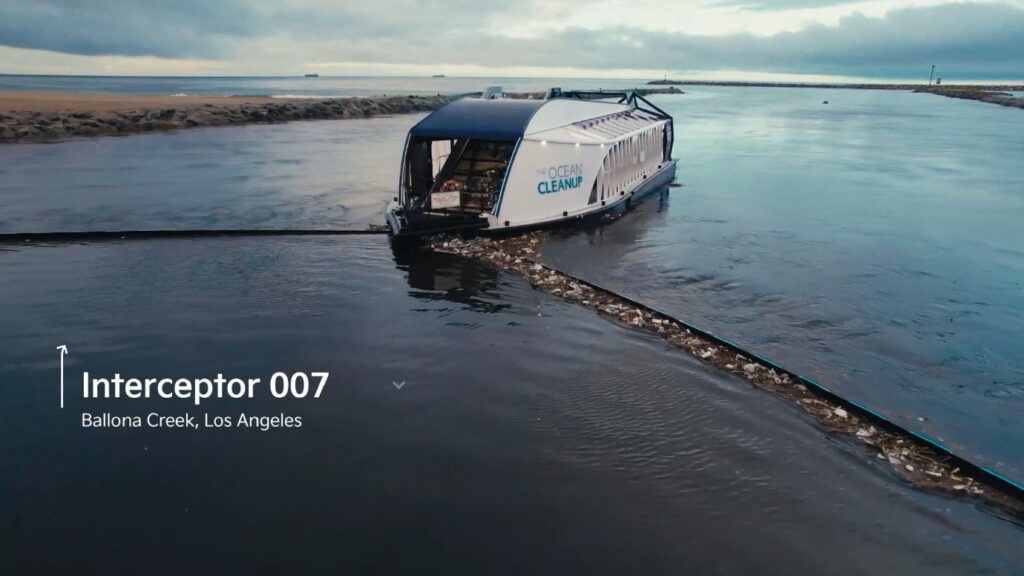
Back Cleanup Organizations: Organizations such as The Ocean Cleanup are using experimental technology to remove trash from oceans. Having recently removed over 220,000 pounds of plastic, much more is yet to be supported, though. Another idea we can take inspiration from is Project Seabin, where they have invented a “floating garbage bin” which intercepts trash, oil, fuel and detergents. This idea had gained popularity in the wide known “shark tank” and even secured a deal, going on to become what it is today, proof that the answer to every problem can be found, by simply looking in the right place.
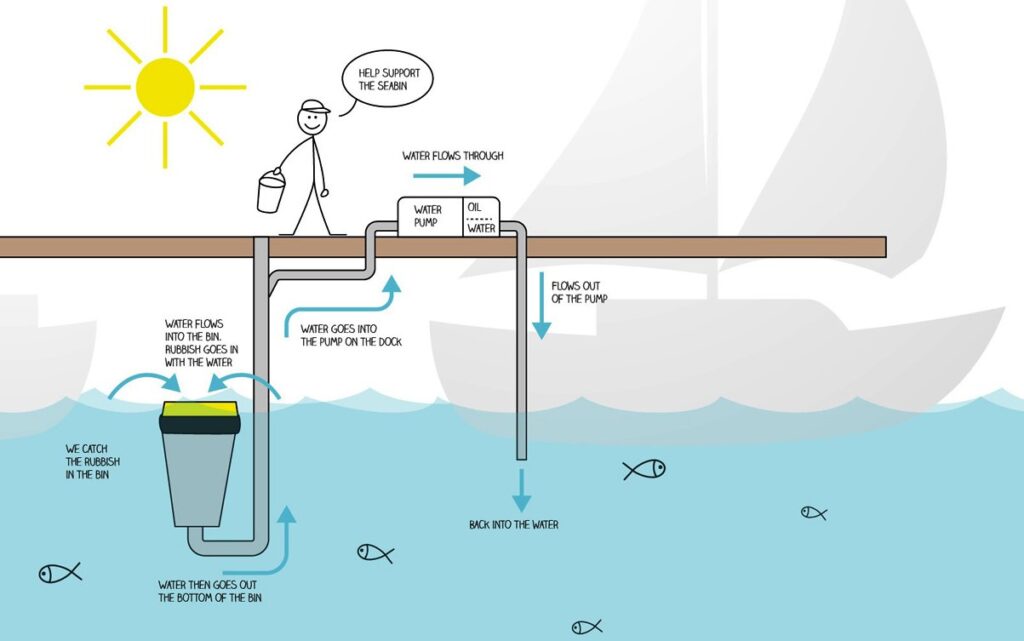
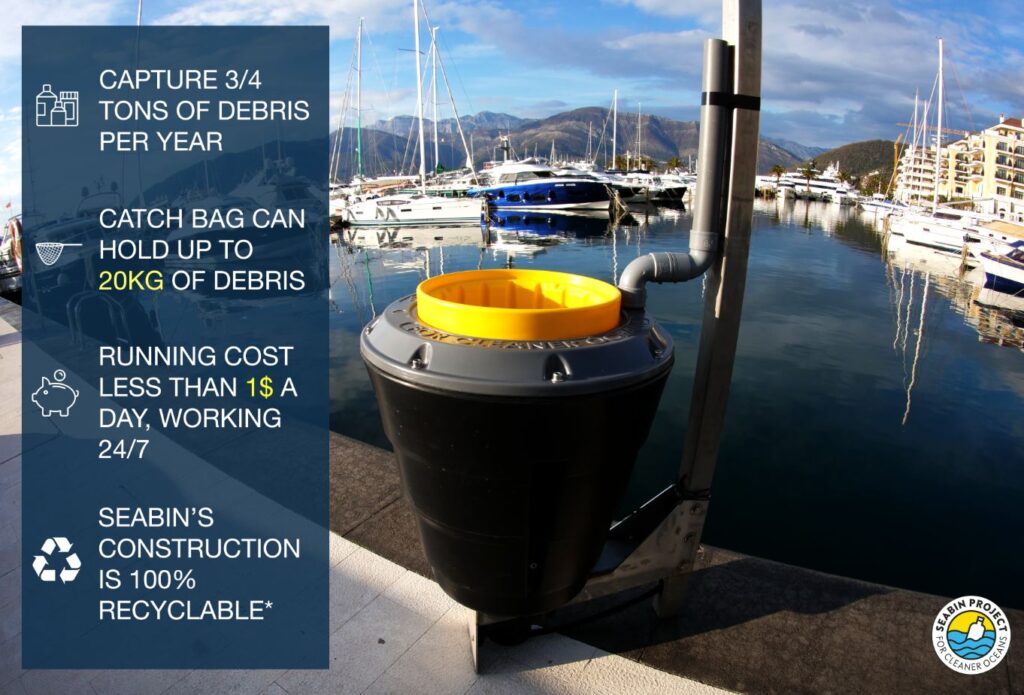
A Choice for Humanity
The Great Pacific Garbage Patch is an indictment of our throwaway society. It’s a scar that can be seen on the face of the planet, a sign of what occurs when convenience trumps responsibility. Yet, it’s a wake-up call, too. We can no longer afford not to face the repercussions of our trash. The oceans, responsible for life on planet Earth, are at a breaking point.
If humanity keeps moving in its present direction, the GPGP will not be an exception but a norm, a sign of an ocean-desolate future. There is hope, however. With group determination, innovation, and will, we can reverse course. The question is: will humanity answer its challenge or leave a future generation to remedy its mistakes?
The decision is in our hands, and the moment is present. Let the Great Pacific Garbage Patch serve as a wake-up call for humanity to save its oceans, and with them, its future.
Still interested? Have a look at the links below for more details:
https://theoceancleanup.com/great-pacific-garbage-patch/
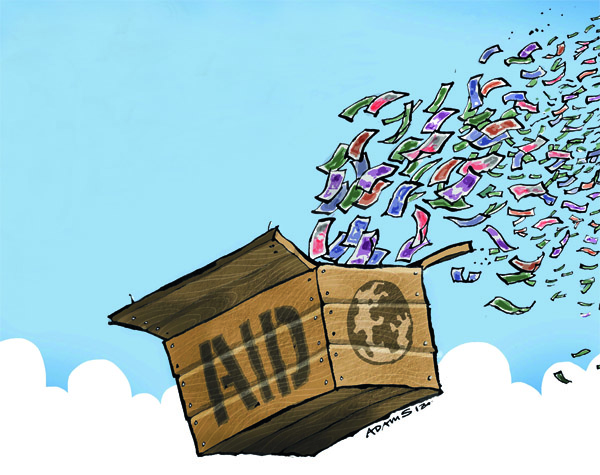



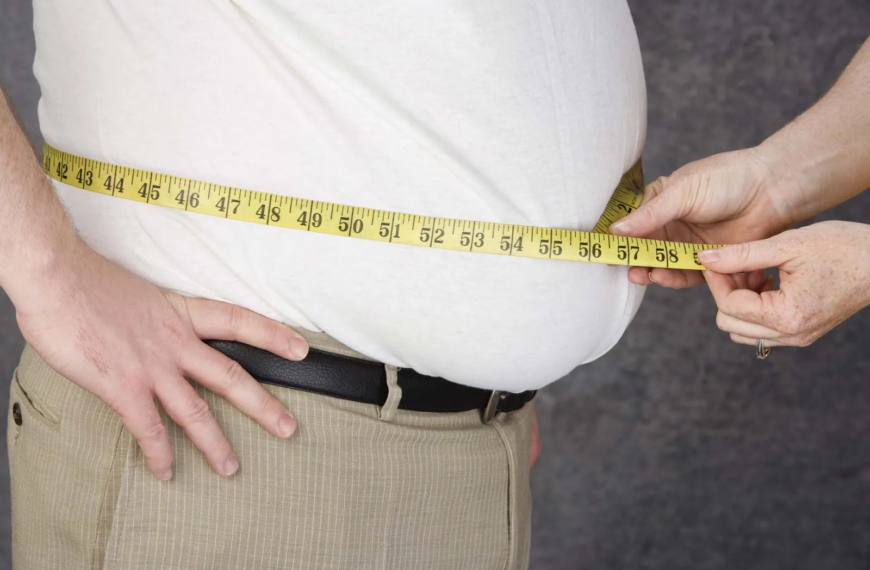
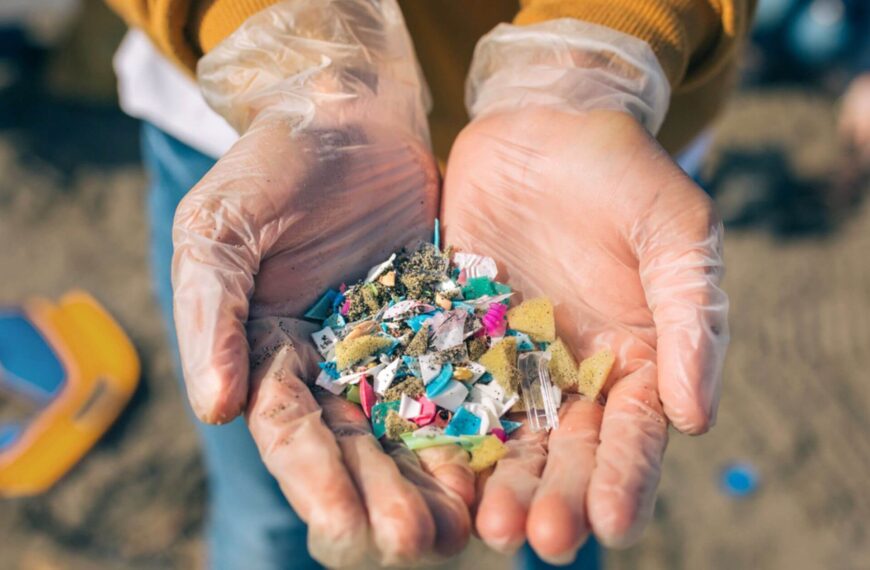
Leave a Reply
You must be logged in to post a comment.